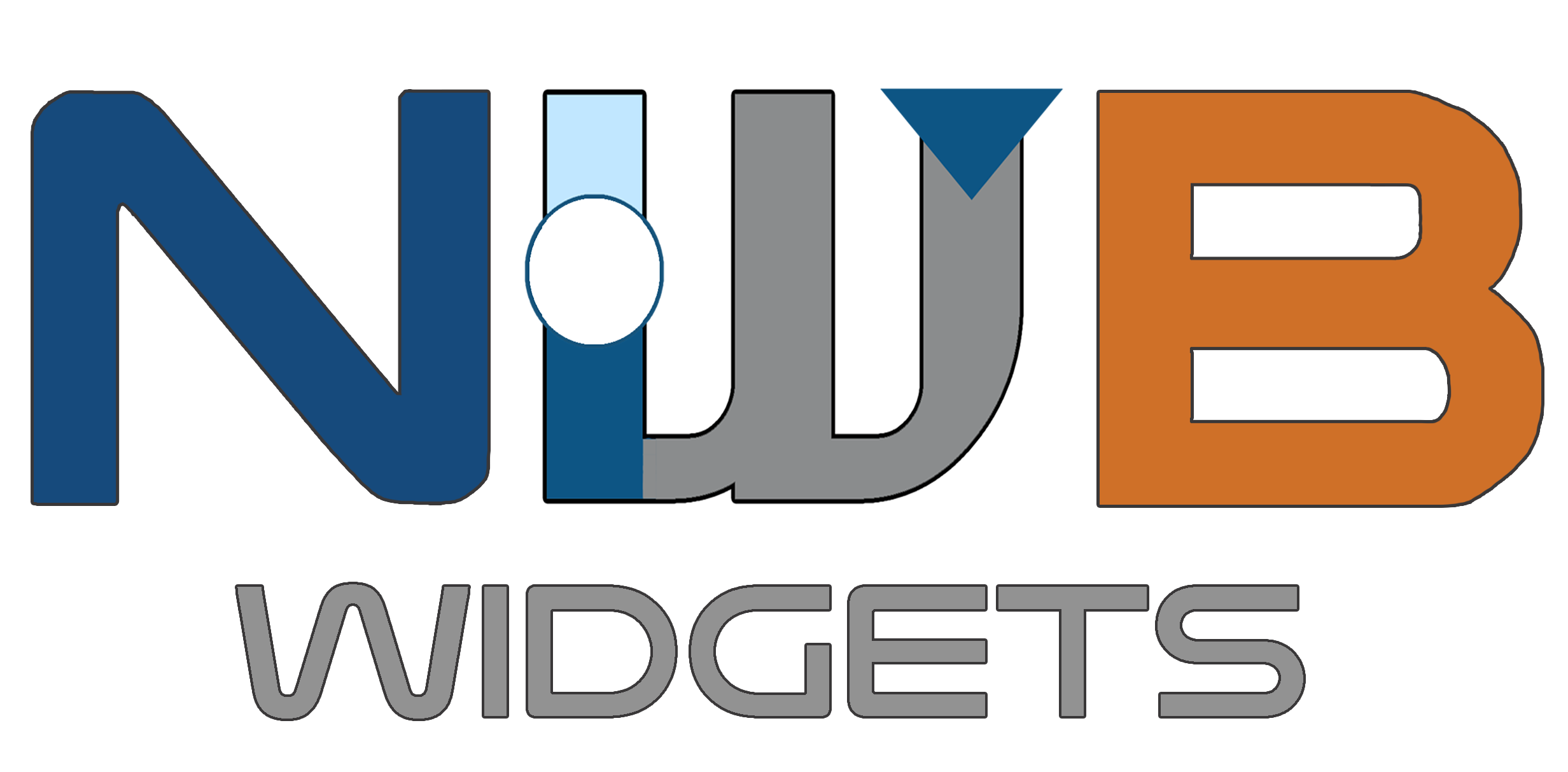https://github.com/NeurodataWithoutBorders/nwbwidgets
Explore the hierarchical structure of NWB 2.0 files and visualize data with Jupyter widgets.
https://github.com/NeurodataWithoutBorders/nwbwidgets
jupyter jupyter-notebook nwb python visualization
Last synced: 6 months ago
JSON representation
Explore the hierarchical structure of NWB 2.0 files and visualize data with Jupyter widgets.
- Host: GitHub
- URL: https://github.com/NeurodataWithoutBorders/nwbwidgets
- Owner: NeurodataWithoutBorders
- License: other
- Created: 2019-03-07T18:10:41.000Z (about 6 years ago)
- Default Branch: master
- Last Pushed: 2024-04-29T18:01:28.000Z (about 1 year ago)
- Last Synced: 2024-04-29T19:25:56.194Z (about 1 year ago)
- Topics: jupyter, jupyter-notebook, nwb, python, visualization
- Language: Python
- Homepage: https://nwb-widgets.readthedocs.io/en/latest/
- Size: 14.7 MB
- Stars: 48
- Watchers: 15
- Forks: 22
- Open Issues: 82
-
Metadata Files:
- Readme: README.md
- Changelog: CHANGELOG.md
- License: LICENSE
- Code of conduct: .github/CODE_OF_CONDUCT.rst
Awesome Lists containing this project
README
[](https://badge.fury.io/py/nwbwidgets)
[](https://codecov.io/gh/NeurodataWithoutBorders/nwbwidgets)
[](https://opensource.org/licenses/BSD-3-Clause)
[](https://mybinder.org/v2/gh/NeurodataWithoutBorders/nwb-jupyter-widgets/master?filepath=examples%2FNWBWidgets-modality-demos.ipynb)

Explore NWB data in Jupyter
## Table of Contents
- [About](#about)
- [Installation](#installation)
- [Usage](#usage)
- [Demo](#demo)
- [Documentation](#documentation)
## About
A library of widgets for visualization NWB data in a Jupyter notebook (or lab). The widgets allow you to navigate through the hierarchical structure of the NWB file and visualize specific data elements. It is designed to work out-of-the-box with NWB 2.0 files and to be easy to extend.
## Installation
`nwbwidgets` requires Python >= 3.7.
The latest published version can be installed by running:
```bash
pip install nwbwidgets
```
Note that there are some optional dependencies required for some widgets.
If an NWB data file contains a data type that requires additional dependencies,
you will see a list of extra modules needed for that specific widget.
All other widgets in the file will still work.
## Usage
### Using `Panel`
The easiest way to use NWB widgets is with the interactive `Panel`:
```python
from nwbwidgets.panel import Panel
Panel()
```
### Using `nwb2widget`
If you’re working directly with a NWB file object in your Jupyter notebook, you can also explore it with NWB Widgets using
```python
from pynwb import NWBHDF5IO
from nwbwidgets import nwb2widget
io = NWBHDF5IO('path/to/file.nwb', mode='r')
nwb = io.read()
nwb2widget(nwb)
```
### Using Docker
You can also run the NWB Widgets Panel using Docker:
```bash
$ docker run -p 8866:8866 ghcr.io/NeurodataWithoutBorders/nwbwidgets-panel:latest
```
## Demo

## Documentation
See our [ReadTheDocs page](https://nwb-widgets.readthedocs.io) for full documentation, including a gallery of all supported formats.
## How it works
All visualizations are controlled by the dictionary `neurodata_vis_spec`. The keys of this dictionary are pynwb neurodata types, and the values are functions that take as input that neurodata_type and output a visualization. The visualizations may be of type `Widget` or `matplotlib.Figure`. When you enter a neurodata_type instance into `nwb2widget`, it searches the `neurodata_vis_spec` for that instance's neurodata_type, progressing backwards through the parent classes of the neurodata_type to find the most specific neurodata_type in `neurodata_vis_spec`. Some of these types are containers for other types, and create accordian UI elements for its contents, which are then passed into the `neurodata_vis_spec` and rendered accordingly.
Instead of supplying a function for the value of the `neurodata_vis_spec` dict, you may provide a `dict` or `OrderedDict` with string keys and function values. In this case, a tab structure is rendered, with each of the key/value pairs as an individual tab. All accordian and tab structures are rendered lazily- they are only called with that tab is selected. As a result, you can provide may tabs for a single data type without a worry. They will only be run if they are selected.
## Extending
To extend NWBWidgets, all you need to a function that takes as input an instance of a specific neurodata_type class, and outputs a matplotlib figure or a jupyter widget.
## Used in
* [giocomo-lab-to-nwb](https://github.com/ben-dichter-consulting/giocomo-lab-to-nwb)
* [buffalo-lab-data-to-nwb](https://github.com/ben-dichter-consulting/buffalo-lab-data-to-nwb)
* [axel-lab-to-nwb](https://github.com/ben-dichter-consulting/axel-lab-to-nwb)